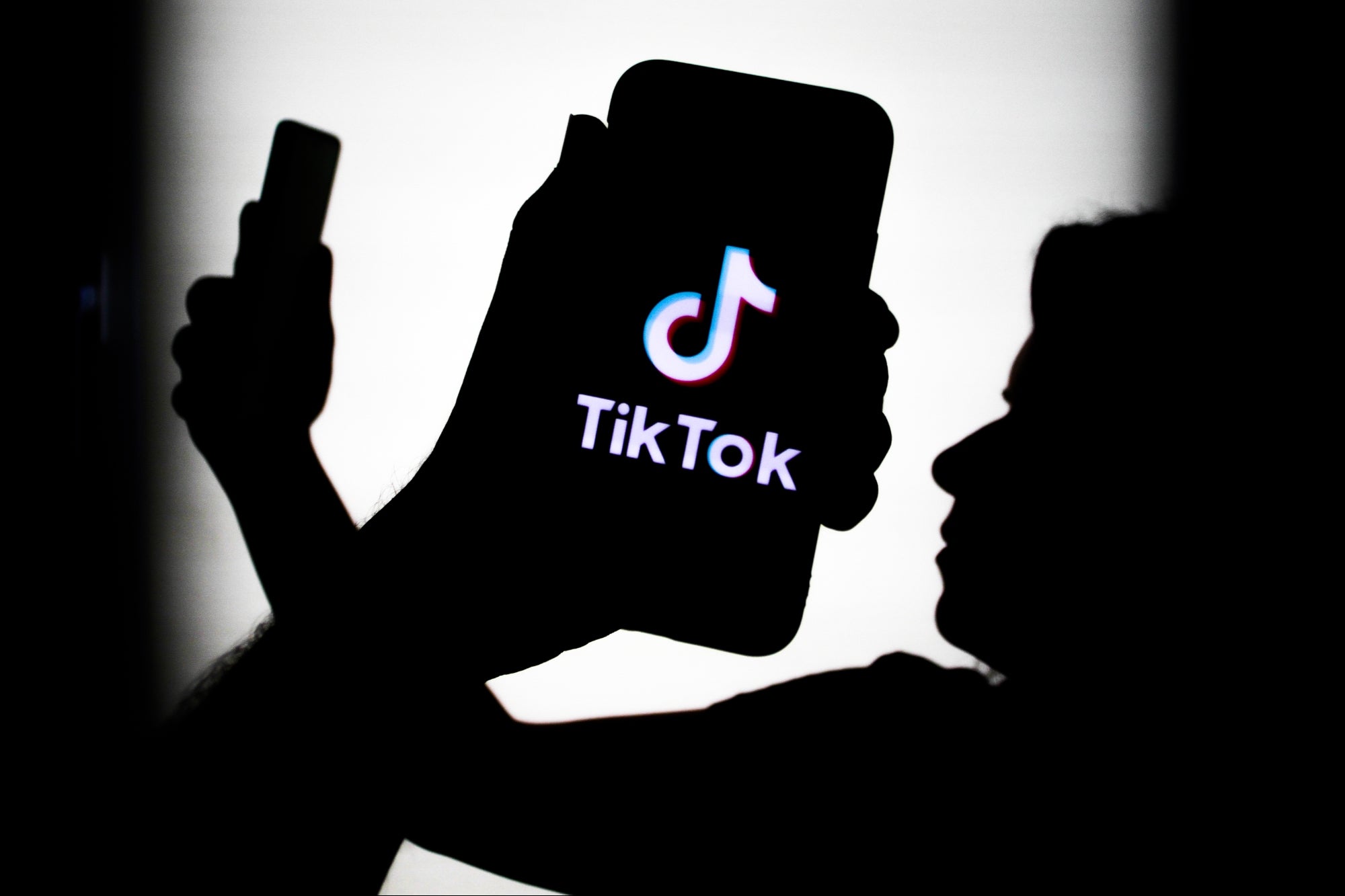Your 3mm Audio Jacks & Aux Cords Are Dying USB c types are replacing your current audio port soon everywhere - should you be worried?
By Rustam Singh
Opinions expressed by Entrepreneur contributors are their own.
You're reading Entrepreneur India, an international franchise of Entrepreneur Media.

The earliest design was invented in the 19th century; a relic of phones that even your grandfather doesn't remember using before. The phone connector, or audio jack, or more popularly the 3mm audio jack is literally the oldest electronic connector still in mainstream use, and for the average consumer, they seem to work fine, which is fine because they seem to be working fine. If it isn't broke, don't fix it right? Unfortunately for consumers, that's not what majority cell phone manufacturers are researching on implementing, much to the joy of headphone manufacturers. The 3mm jack might soon be replaced with USB C style ports for a variety of reasons. This move has its own merits and demerits, but one thing is for sure, like every replacement and advancement in technology, this will cost the consumer heavily – rendering all old headphones and audio systems to require a purchase of a converter. Rumors have stated that the new iPhone 7 would feature just a lightening port that would serve to charge as well as support audio input devices. Recently launched Moto Z and Chinese manufacturer LeEco Le 2 also have discarded the audio port in their phones.
For me personally, the biggest problem I've faced is the inevitable breakdown right above the male port of the 3mm jack, no matter which brand I use, and I end up[ repairing them on my own using a solder gun but then it's still a heavily damaged wire that might break down anytime I at least expect or desire it to. I don't like the idea of charging wireless or adding more things to charge after a long day at work apart from my phone, laptop, vape and portable charger, so wireless headphones are eliminated automatically, no matter how great they really are. USB C style headphones and audio cables at least get rid of the clunky port piece at the end of a thin wire with a uniform thickness wire that fits right in my pocket and wayward handling.
What's in it for cell phone manufacturers?
The classic 3MM is large and clunky, requiring multiple components to provide audio. In the newer designs, the Digital Analog Converter & the amplifier would be in the pair of headphones or audio cable instead of the phone. This along with the fact that the USB port and the 3mm jack are significantly different in size, cell phone manufacturers can design phones much more thinner and add more components. This gives possibilities to better designs.
What's in it for headphone manufacturers?
A completely different port means all existing audio playing devices require the consumer to be replaced or at least use a converter. Of course, since the technology used in both styles would be significantly different, playback quality will be different as well, so for a majority of users it would mean changing the whole system and not just buying a converter. This translates to a lot of sales for manufacturers of audio playback systems.
What's in it for consumers?
For starters, look forward to phenomenally more expensive headphones and a future where your existing audio playback devices would need replacement! But it does come at a cost. While audio is stored in a digital format in all your storage and playback devices, an AMP and DAC (amplifier and converter respectively) converters this to be played in analog for your 3MM jack. The newer devices would play the whole signal in digital, which means the quality of playback especially in stereo mode would be significantly different. This also means that smartphones of any range will play the same audio quality, since the converters would be in your headphones and not in your phone.
What's in it for the future?
Well for starters, newer technologies have always required the faith of consumers to be adopted. SSDs require a complete replacement of the ancient technology of HDDs (read more about it clicking here). Flash drives required users to invest about 20 rimes more than Compact Disks. Newer DDR4 Ram costs more even though it uses lesser power and runs faster. But once it is adopted, we would look back and laugh at why we even used 3mm jacks for this long in the first place.
There should be thinner devices with better audio, and the idea looks promising. Let's just hope the prices for their launch aren't outrageously expensive. What do you think for the future of audio playback? Let us know in the comments on our official Facebook page Entrepreneur India













